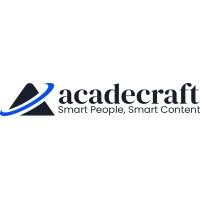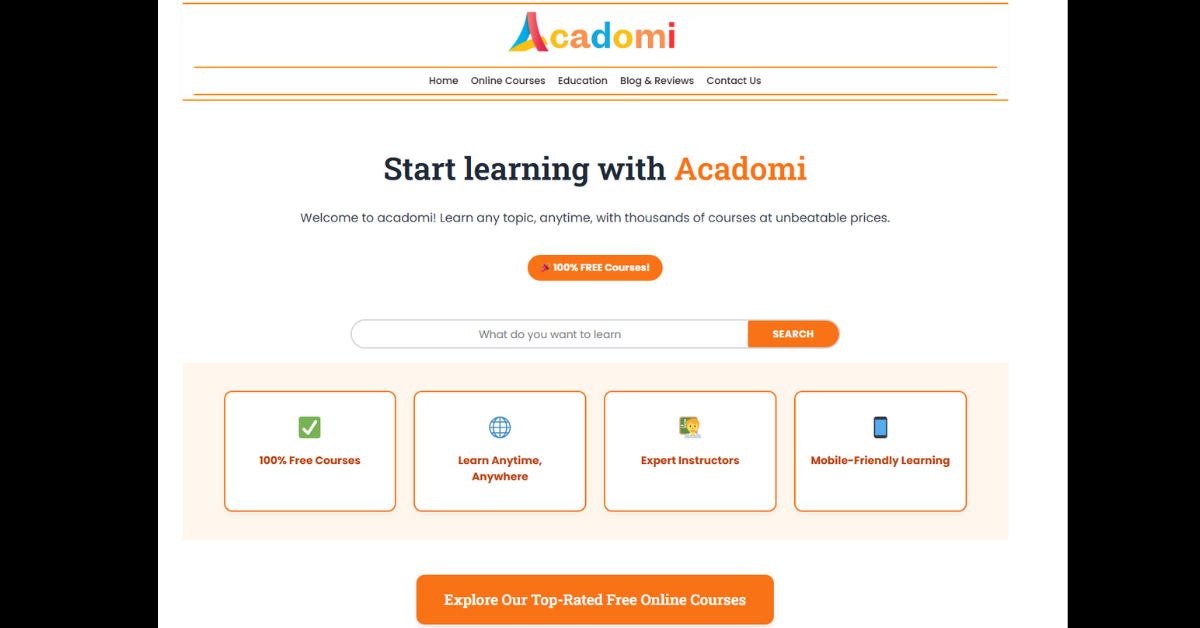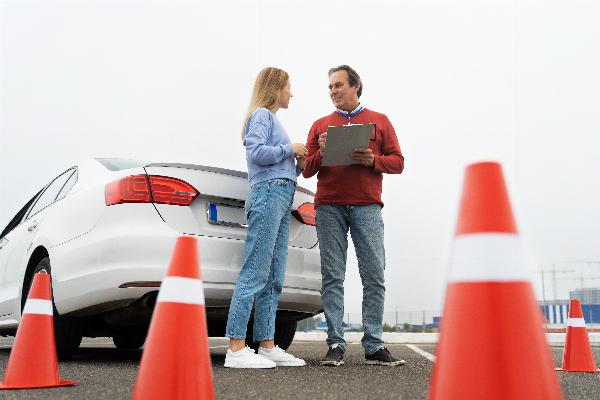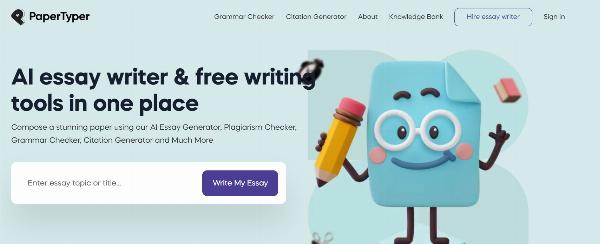Integrating Virtual Lab Solutions into K-12 Curriculum
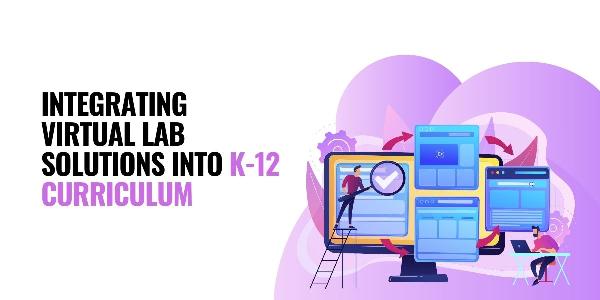
Strong 8k brings an ultra-HD IPTV experience to your living room and your pocket.
The modern education sector is focused on the use of innovative solutions to cater to the needs of the learners. Powered by technological transformation, many solutions are now empowering the learning and training institutes with their enhanced capabilities. The use of the K-12 learning solutions helps students unlock the benefits of comprehensive learning from kindergarten to class 12th studies.
The integration of virtual lab solutions into K-12 systems helps stimulate the real-world lab environment and allows students to conduct experiments, analyze data, and understand scientific concepts easily. This article helps understand the different aspects of this integration for recognizing the benefits of virtual labs, key implementation strategies, subject-specific applications, and possible issues to consider.
Benefits of virtual lab solutions in the K-12 curriculum
To start the key advantages of integration of the virtual lab into the K-12 curriculum cover the following:
Eliminating the logistical challenges
Firstly, there are no logistical challenges to the K 12 students when it comes to using the virtual labs for dedicated experimentation. It covers the reduction in costs associated with equipment access, safety concerns, and others.
Democratizing the hands-on experience
The use of the virtual lab e-learning solutions promotes access to hands-on learning experiences for K-12 learners. Hence, all students get a chance to engage with the different scientific concepts irrespective of resource availability.
Personalized learning experiences
The virtual labs in the K 12 curriculum help students to repeat the experiments, adjust the variables, and explore the different scenarios according to their customized needs.
Accommodating diverse learning styles
The virtual lab solutions help K-12 learning institutes to accommodate diverse learning styles. Hence, trainers can allocate the learners to tailor the activities to meet the individual learner needs for an equitable learning environment.
Improved scalability
The K-12 learning solutions can improve the scalability of their learning solutions by offering a range of scientific simulations and experiments which are hard to achieve in the traditional lab setups. It further helps students to promote problem-solving, digital literacy, and critical thinking skills.
Top strategies for integration of virtual lab solutions into the K-12 curriculum
After understanding the key advantages of virtual lab solutions, here are the best strategies for integrating these solutions into the K-12 syllabus:
- Ensure that the virtual labs align with the educational standards of K-12 learning.
- Offer teacher training to unlock the potential of this integration.
- Address the digital divide by offering accessible solutions when integrating virtual lab e-learning solutions in the K-12 learning system.
- Develop dedicated assessment and feedback strategies for offering the right input and guide learners throughout the learning process.
- Promote collaboration among students by focusing on group learning in the virtual labs in K-12 learning.
- Regularly evaluate the effectiveness of the integration of virtual labs in the K-12 curriculum for offering precise updates and improvements.
Applications of integration virtual lab solutions into the K-12 curriculum
Here are some of the applications of the integration of virtual lab solutions into the K-12 curriculum:
Physics
The simulations for the different physics concepts like experiments on optics, electricity, and motion are possible with the virtual labs in the K-12 syllabus.
Chemistry
It is easy for the K-12 learning students to perform the virtual chemical reactions, titrations, and molecular modeling.
Biology
The virtual lab e-learning solutions help biology students in ecological studies, genetic simulations, and dissections.
Engineering
The dedicated material testing, circuit designing, and structural analysis can be best undertaken in the K-12 learning with virtual labs.
Environmental Sciences
Pollution monitoring, biodiversity assessments, and climate modeling are made easy with the integration of virtual labs into the K-12 curriculum.
Contact us at https://www.acadecraft.com/contact-us/ to learn more about our Virtual Lab Solutions.
Integration of virtual lab solutions into K-12 curriculum - Possible challenges to handle
Towards the end, it is vital to have a quick understanding of the possible challenges while managing the virtual lab solutions in K-12 curriculum:
Authenticity
The first challenge in the integration of virtual labs into the K-12 curriculum is to offer realistic simulations. It helps cater to the immediate learning needs precisely.
Solution: Go for solutions that reflect real-world phenomena to ensure smooth learning transfer.
Technical needs
The virtual lab e-learning solutions require the smooth use of technology in managing the different learning needs of K-12 students.
Solution: There is a need to incorporate robust IT infrastructure and support for enhancing the benefits of virtual labs into the K-12 curriculum.
Preparing the trainers
The use of ongoing support and resources for trainers is crucial to prevent them from getting stuck in these collaborations.
Solution: The trainers of the K-12 learning must have a detailed understanding of the use of the virtual lab services for enhancing learning effectiveness.
Cost considerations
Last but not least, many learning institutes fail to recover the overall costs of integration of virtual labs with the K-12 curriculum.
Solution: The proper resource allocation by the K-12 systems helps them manage the initial investment costs of virtual labs.
Ending Note
Virtual lab solutions when integrated into the K-12 curriculum offer a transformative opportunity to improve the overall learning efficiency. It is easy to go through the benefits of this partnership, the top strategies for the same, and the key applications of this integration. A quick look at the possible challenges helps handle the integration effectively and optimize its benefits.
Not to miss is the deep appreciation for learning effectiveness and discovery among the K-12 students with the integration of the virtual labs.
Note: IndiBlogHub features both user-submitted and editorial content. We do not verify third-party contributions. Read our Disclaimer and Privacy Policyfor details.

